‘A Lot of Catastrophe’: Louisiana Water Systems Still Reeling from Hurricane Laura
Nearly three weeks after the Category 4 storm, more than 30 water systems in the state are still not operating.
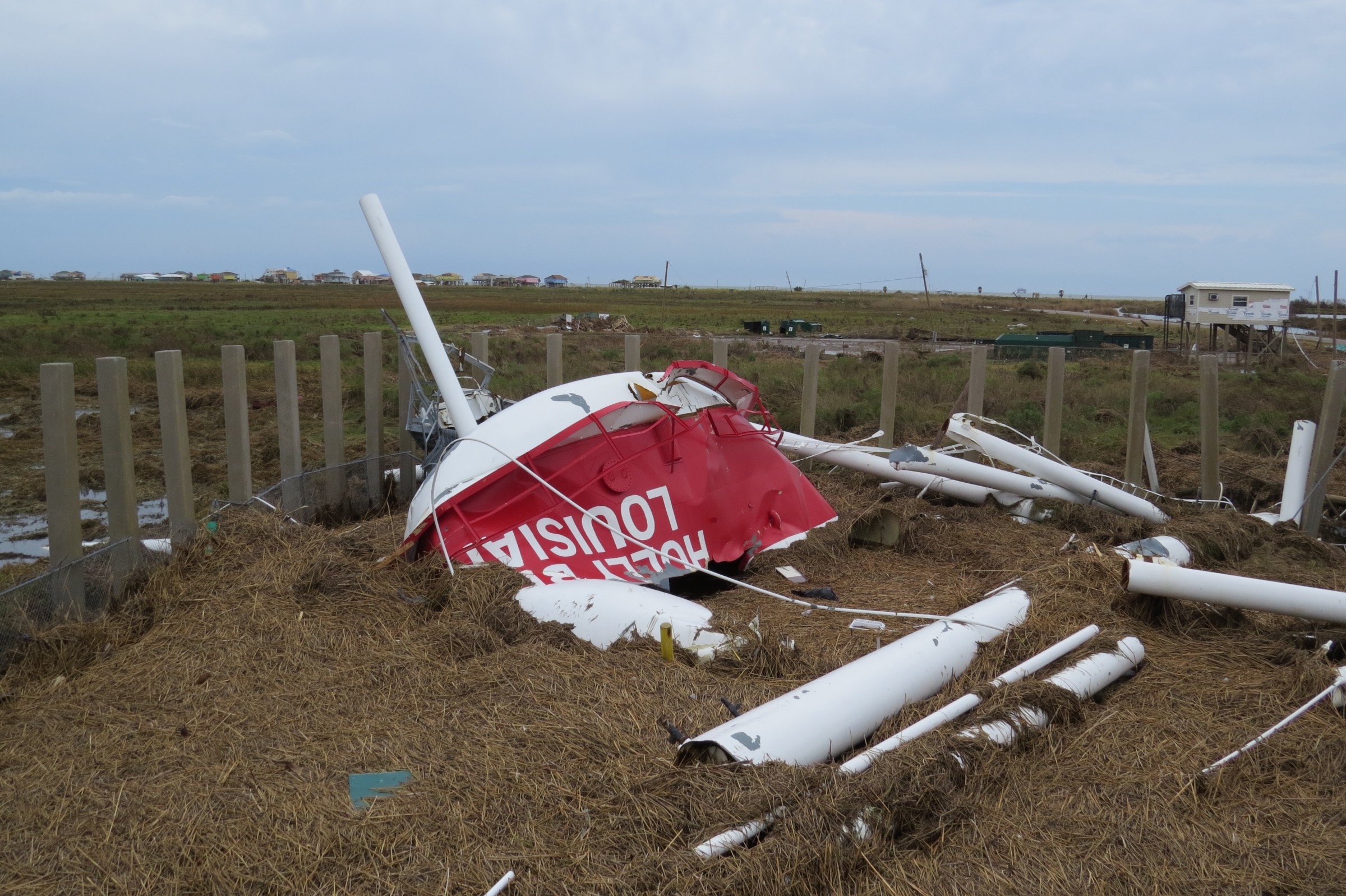
Hurricane Laura, which made landfall on August 27, toppled the 100,000-gallon water tower in Holly Beach, Louisiana. Photo courtesy of Cameron Parish Waterworks District 10
By Brett Walton, Circle of Blue
Five hurricanes and tropical storms are swirling in the Atlantic and Gulf of Mexico right now, but Jude Primeaux is still thinking about the last storm that hit.
Hurricane Laura made landfall in southwestern Louisiana on August 27 with wind speeds around 150 miles per hour. The Category 4 storm was one of the strongest on record to strike the state.
The storm came ashore in Cameron Parish, where wind and water pummeled the assets of Waterworks District 7. Primeaux, the Waterworks District president, said that debris struck fire hydrants, snapping them off. Electric motors that pump water from the district’s supply wells were damaged. With fewer than 7,000 residents, Cameron is one of the state’s least populated parishes but it took the brunt of the storm.
“It’s a lot of catastrophe,” Primeaux told Circle of Blue.
Nearly three weeks after the storm, Waterworks District 7, which serves about 927 people, is still not operating. No residents have yet returned to the area because the destruction to homes and property was so extensive, and Primeaux does not know when water will flow again.
“We’re down right now,” Primeaux said. “We’ll be down for a while.”
The district has plenty of company in that regard. The Louisiana Department of Health, as of Monday afternoon, counted 33 water systems that are partly or fully inoperable. Some of those systems are operated by gas stations or refineries and do not serve homes. The others are essential public infrastructure.
Thirteen of the damaged systems are community water systems like Water Works District 7, which provide water to residences. In total, those 13 systems serve just over 8,000 people.
Not all systems are as badly damaged as District 7, though. Waterworks District 10, also in Cameron Parish, is faring a bit better. The district lost a building at one of its well sites and debris entered a water storage tank, according to Rhonda Morrison, the office administrator. One of the biggest losses was a 100,000-gallon water tower in Holly Beach that the wind toppled.
Fortunately, earlier investments in storm resilience paid off for District 10. Assets that were elevated 15 to 18 feet off the ground after Hurricane Ike, in 2008 — assets like chlorine storage and control panels — survived this storm unscathed, Morrison said. Running water was restored to most of the district earlier this week and Morrison expects the system to be fully operational by tomorrow.
The Louisiana Rural Water Association has been at the front lines of the response. Pat Credeur, the executive director, said his staff, with the help of colleagues in neighboring states, has been working tirelessly since the storm to assist communities. Workers are distributing generators to utilities that still do not have power. They’re fixing pipes that snapped when trees uprooted and locating valves and meters that were covered by debris.
“A lot of the water mains that were buried three, four, five, feet some of them have been brought to the surface and broke in two,” Credeur told Circle of Blue. “So those things have to be replaced so the whole system can be pressurized.”
Even for residents who have returned, there are challenges. Some areas of Cameron Parish do not have electricity yet. Based on experience after hurricanes Rita and Ike, Morrison guessed that it might be three months before grid power is completely restored in her district. Because of a state rule, residents will be advised to boil their water as long as the district is using generators.
With the accelerating pace of large disasters in a warming climate, people are having to run faster and faster just to stay in place. Primeaux, whose main job is with the Louisiana Department of Transportation and Development, is someone who wants to step off the treadmill. He suggests that others who live in the area consider their options.
“My advice, I wouldn’t want nobody to go back,” Primeaux said. “It’s not worth it, to me. I’m not moving back.”
Primeaux said three people he works with at the Department of Transportation and Development have said they won’t return.
For now, Primeaux is staying in a camper on a property he owns in Grand Lake, which is farther inland. It’s where his son lives and where he plans to rebuild. This is not the first time he’s experienced severe loss. His home was also destroyed by Hurricane Rita, in 2005.
“For Rita I had nothing but a slab, and for Laura I have nothing but a slab,” he said.
For residents who want to stay, he advises persistence. “The people who are going back, just be patient, give us time to get things situated,” he said.
Brett writes about agriculture, energy, infrastructure, and the politics and economics of water in the United States. He also writes the Federal Water Tap, Circle of Blue’s weekly digest of U.S. government water news. He is the winner of two Society of Environmental Journalists reporting awards, one of the top honors in American environmental journalism: first place for explanatory reporting for a series on septic system pollution in the United States(2016) and third place for beat reporting in a small market (2014). He received the Sierra Club’s Distinguished Service Award in 2018. Brett lives in Seattle, where he hikes the mountains and bakes pies. Contact Brett Walton

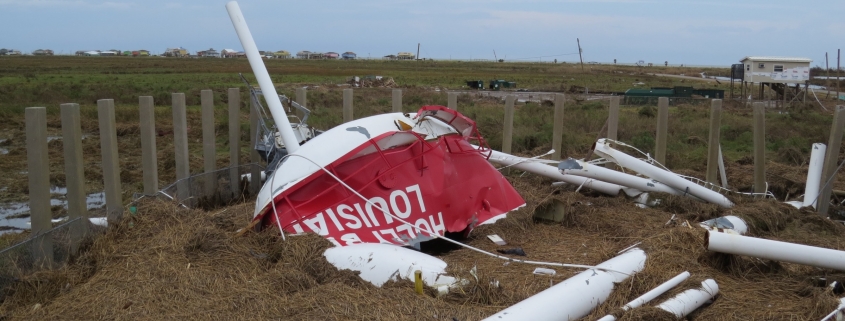



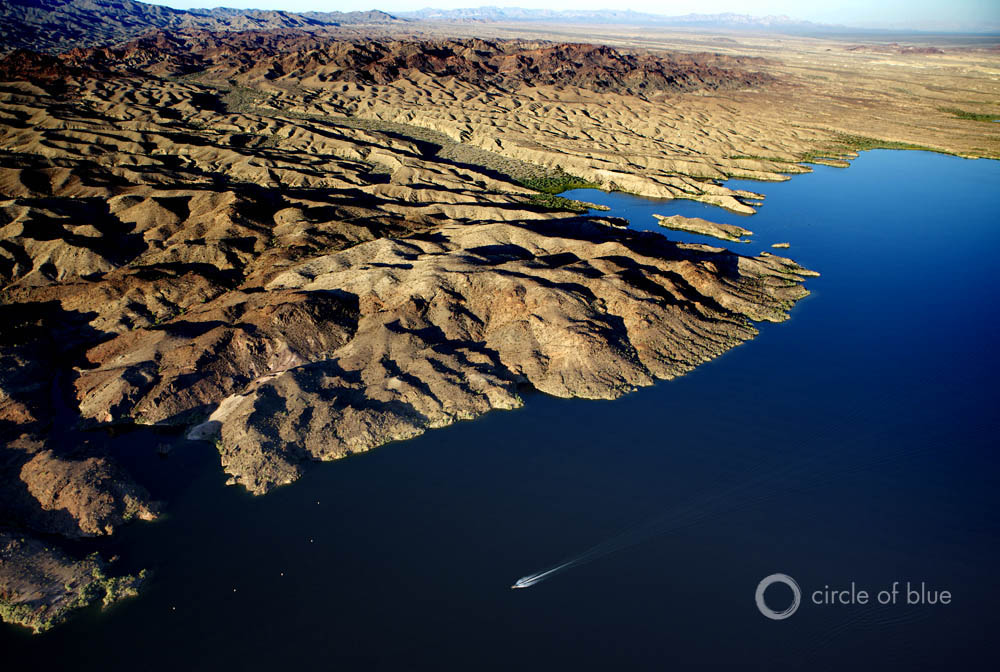
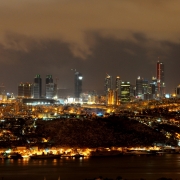
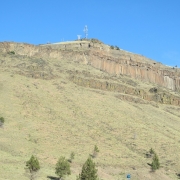
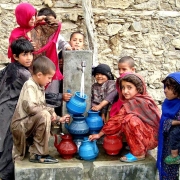


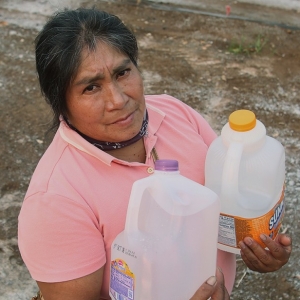

Leave a Reply
Want to join the discussion?Feel free to contribute!